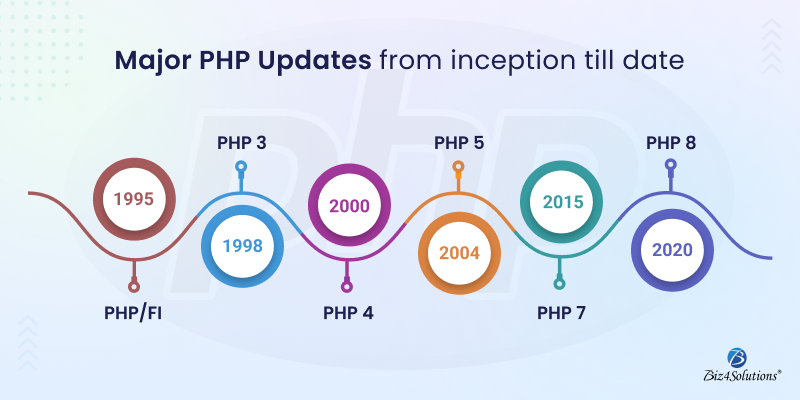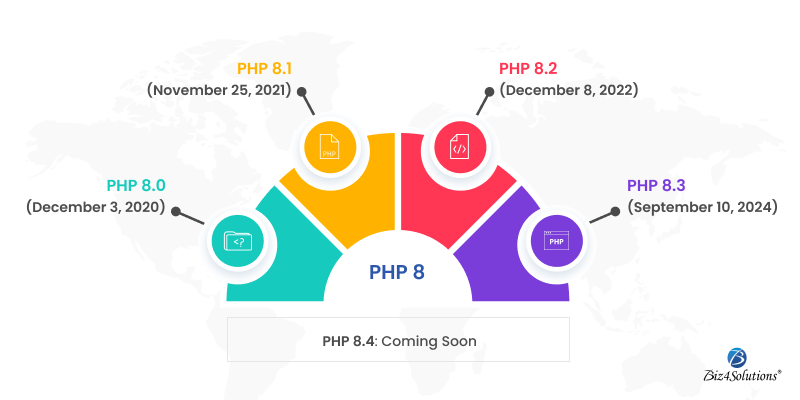How React Native Simplifies Cross-Platform App Development?
In today’s fast-paced digital landscape, businesses must optimize consumer outreach quickly and cost-effectively. To achieve this, many are turning to cross-platform mobile app development, to build applications that work seamlessly on both iOS and Android devices. React Native, a Facebook-developed JavaScript framework has become a leading tool in this area, offering a streamlined approach to cross-platform development and making it more efficient and accessible than ever. In this blog, we’ll explore how React Native simplifies cross-platform app development.
Why is React Native the best fit for developing cross-platform Applications?

1. Single Codebase for Multiple Platforms
One of the best upsides of React Native development is using a single codebase to craft applications for multiple platforms. Earlier, developers wrote separate codes for iOS (Swift/Objective-C) and Android (Java/Kotlin). Now, with React Native, one can write the majority of the app’s code in JavaScript and it will work across both platforms.
How It Helps: Reduced development time, fewer bugs, and reduced costs on resources.
2. Native-Like Performance
Native apps are said to outshine cross-platform apps in terms of performance. However, React Native bridges the gap between native and hybrid apps as developers can write some components in native code when needed. React Native uses a bridge between JavaScript and native components, allowing the app to render natively without compromising performance.
How It Helps: Smooth animations, quick loading times, a responsive UI, and easy integration of native code (Swift, Objective-C, Java, or Kotlin) for performance-critical apps.
3. Reusable Components
React Native introduces the concept of reusable components, which means that once you create a component, it can be used across the entire app. Components are like building blocks that can be assembled to create a dynamic and user-friendly UI. Additionally, with a large community of developers contributing open-source components, you can often find pre-built components to handle complex features like navigation, forms, and animations.
How It Helps: Consistency Across Platforms, and faster development by using existing components from the React Native ecosystem.
4.Hot Reloading
React Native offers a powerful feature called Hot Reloading, which allows developers to see the changes they make in real-time, without needing to rebuild the entire app.
How It Helps: Faster iterations and better productivity as you can tweak UI elements, fix bugs, or test small changes instantly.
5.Strong Community Support and Ecosystem
Since its launch in 2015, React Native has built a large and active developer community. This means you’re never working alone—whether you’re stuck on a problem or looking for a library to implement a specific feature, chances are someone has already solved it and shared the solution.
With numerous libraries, tools, and third-party plugins available, React Native’s ecosystem is robust and continuously growing. The support from both Facebook and the open-source community ensures that React Native is regularly updated with new features, bug fixes, and performance improvements.
How It Helps: Easy access to tutorials, documentation, and open-source libraries. Continuous updates ensure React Native stays relevant to the latest technologies and trends.
6.Code Sharing and Maintenance
React Native allows you to share code not only between iOS and Android but also with web applications using React.js. This code-sharing capability significantly reduces the complexity of maintaining apps across different platforms. Developers can create and manage a unified codebase while offering tailored experiences to each platform. If you already have a web application built with React, you can share components between your web and mobile apps, further reducing development efforts.
How It Helps: Write once, use everywhere (share code across iOS, Android, and the web); Maintaining a single codebase for multiple platforms reduces complexity and potential issues.
7.Integration with Existing Apps
If you already have a native app and want to add new features using React Native, you don’t need to start from scratch. React Native can be integrated into existing native apps as a part of the development strategy. This is particularly useful for businesses looking to gradually migrate their app to a cross-platform framework without a complete rewrite.
How It Helps: Gradual Transition; Future-Proofing (start small and gradually expand your React Native app as you scale).
Final Words
React Native simplifies cross-platform app development by offering a flexible, high-performance framework that supports code reusability, hot reloading, and native-like performance. Its strong community support, cost-effectiveness, and the ability to share code across multiple platforms make it a top choice for businesses looking to build apps that work seamlessly on iOS and Android.
If you’re a startup or entrepreneur looking to create a cross-platform app or leveraging an existing web stack, React Native can be a game-changer. With its rapid development cycle and cost-saving potential, you can bring your app to market faster without sacrificing quality or performance.


